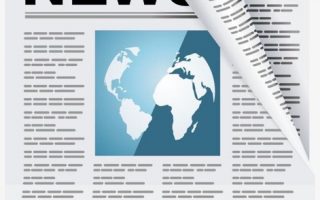DOUBLE SIDED PTH
Multiple materials are available for board manufacturing. The most used is FR4, which is a costly material, but CEM3 is also possible. The traditional method of making the electrical connections between the top and bottom circuits is to drill holes plated with a conductive material (usually copper). The holes can also be punched and filled by specific materials (copper, silver ink, or carbon).

HAL is mostly used to plate the holes, but OSP, ENIG (Electroless Nickel Immersion Gold), tin and silver are also possible. In the last three decades, the density of connections has increased tremendously for this technology. Lines and spaces (L/S) decreased from 150µ, which is the most common use, and even down to 75µ or 50µ for some specific applications! For the hole size, it’s now down to 0.2mm. This downsizing allows a greater density and a huge gain on the sizes of the PCBs. The solder mask is usually green, but a lot of different colours is available.
ADVANTAGES AND BENEFITS
DOUBLE-SIDED PCB IS LOW COST AND ENVIRONMENTALLY FRIENDLY. SILKSCREEN PRINTING UTILISED IN THE THROUGH-HOLE SILVER CIRCUIT IS NOT HARSH NOR HAZARDOUS, WHICH ALLOWS FOR THE USE OF ECONOMICAL BOARD MATERIALS. THE RELIABILITY IS VERY HIGH BECAUSE THE HOLES ARE CHEMICALLY CLEANED AND ACTIVATED TO ENSURE GOOD PLATING AND CONNECTION BETWEEN THE TOP AND BOTTOM LAYERS.
